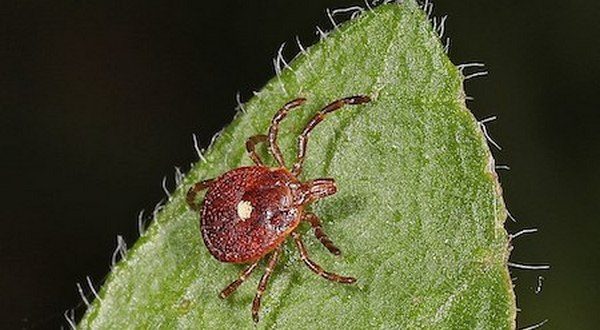Neanderthals were long portrayed as brutal carnivores gnawing on mammoth bones, but recent research offers a more nuanced picture of their eating habits. Drawing from new archaeological findings and genetic analyses — including a landmark study published in Nature (2017) — scientists are now rewriting the menu of our closest extinct relatives. Evidence from dental plaque, cave remains, and coastal settlements suggests that Neanderthals not only hunted large prey but also dined on seafood, forest plants, fungi, and occasionally, even each other.
A Spectrum of Diets Shaped by Environment
The Neanderthal diet, far from being uniform, was deeply influenced by geography and climate. In northern regions like Belgium, stable isotope analysis and calcified dental plaque point to a high consumption of animal protein. The Nature study analyzed six Neanderthal individuals from Spy Cave and found chemical markers consistent with a meat-heavy diet, largely made up of woolly rhinoceroses, wild sheep, and possibly mammoths. This carnivorous tendency is backed by archaeological evidence of sophisticated hunting tools and butchered bones.
In contrast, Neanderthals in southern Europe adapted to radically different environments. At Spain’s El Sidrón cave, researchers found almost no trace of meat. Instead, dental plaque contained plant microfossils, starch grains, and even traces of mosses, tree bark, and mushrooms. This suggests a primarily vegetarian diet, likely shaped by the dense forest ecosystems of the region. Importantly, this shift in dietary content does not point to a cultural preference, but rather an ecological necessity, proving that Neanderthals were capable of nutritional flexibility.
Coastal Cuisine: Shellfish, Crabs, and Eels on the Menu
For Neanderthal communities living along the coastlines, seafood became a major part of their diet. Excavations at Gruta da Figueira Brava in Portugal uncovered evidence of shellfish consumption, particularly brown crabs, mussels, and limpets. Burn marks and cracked shells indicate these were roasted over fire — a clear sign of culinary knowledge and controlled use of fire.
Even more intriguing is the evidence of deep-sea foraging. Remains of sharks, seals, dolphins, and eels have been found at the same site, suggesting a surprisingly advanced exploitation of marine resources. This kind of diet is rare even among early Homo sapiens, placing coastal Neanderthals in a unique category of hominins who developed complex foraging strategies independent of agricultural knowledge. Their menu, therefore, was not only diverse but also seasonally and environmentally adaptive.
Ritual or Survival? The Question of Cannibalism
One of the more controversial findings in Neanderthal dietary research involves cannibalism. Several cave sites across Europe, including in France, Spain, and Croatia, contain Neanderthal bones bearing cut marks, impact fractures, and signs of boiling — indicators consistent with defleshing and marrow extraction. These discoveries raise profound questions: was cannibalism a survival mechanism during resource shortages, or did it have a ritualistic or social function?
While some researchers argue for an opportunistic response to famine or cold-climate food scarcity, others see patterns of behavior that suggest deeper cultural complexity. Either scenario challenges the outdated caricature of Neanderthals as purely instinct-driven brutes. Instead, they emerge as adaptable, thoughtful beings capable of symbolic actions and diverse survival strategies.
Rethinking the Paleo Diet Trend
Modern interpretations of the “paleo diet” — a popular dietary trend based on supposed Paleolithic eating patterns — often emphasize high consumption of lean meat, nuts, and raw vegetables while shunning grains, dairy, and processed foods. Yet, the real dietary patterns of Neanderthals undermine these simplistic assumptions.
The evidence shows that Neanderthals consumed starchy plants, legumes, fungi, and even cooked shellfish — foods not typically included in modern paleo plans. Moreover, their diets were not constant but adjusted to local resources, from lush forests to icy tundras. This variability suggests that the romanticized idea of a single, “natural” human diet is misleading. As a species, we evolved to be dietary opportunists — not strict carnivores or plant-pickers.
Dental Plaque: A Goldmine of Nutritional History
A turning point in Neanderthal dietary research came from studying calcified dental plaque, which acts as a biological time capsule. The 2017 Nature study employed cutting-edge metagenomic sequencing on Neanderthal teeth, revealing not only food remains but also the oral microbiome. This technique uncovered traces of poplar bark — a natural source of salicylic acid (aspirin’s active compound) — and Penicillium, a mold related to modern antibiotics.
These findings hint at a possible understanding of medicinal plants and natural remedies, long before formal medicine existed. They also confirm that Neanderthal diets were about more than calories — they reflected knowledge, adaptation, and possibly even a proto-pharmacological tradition passed down through generations.
Source link


